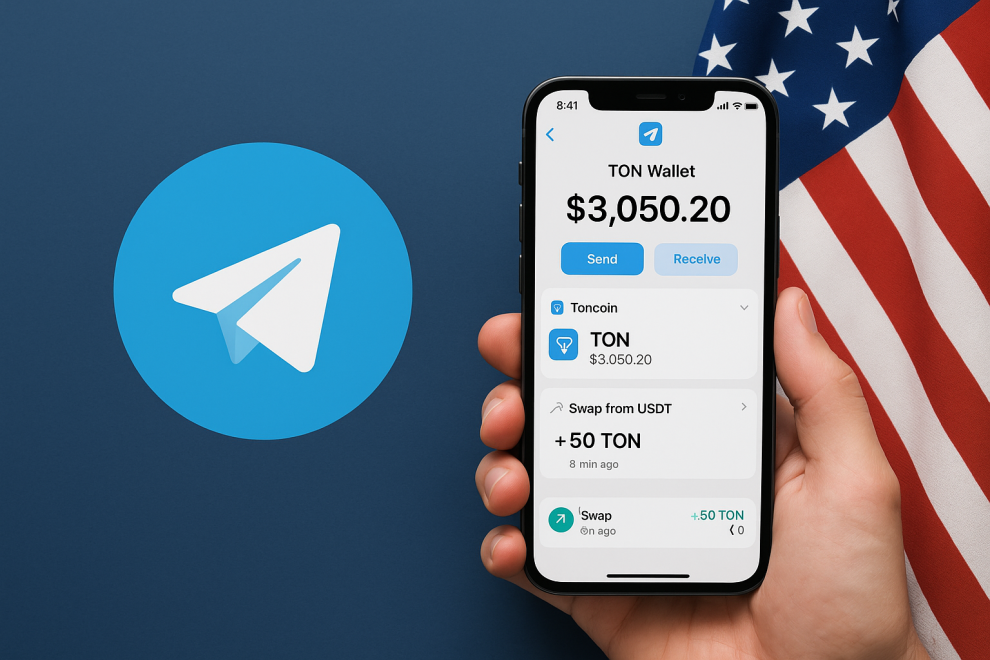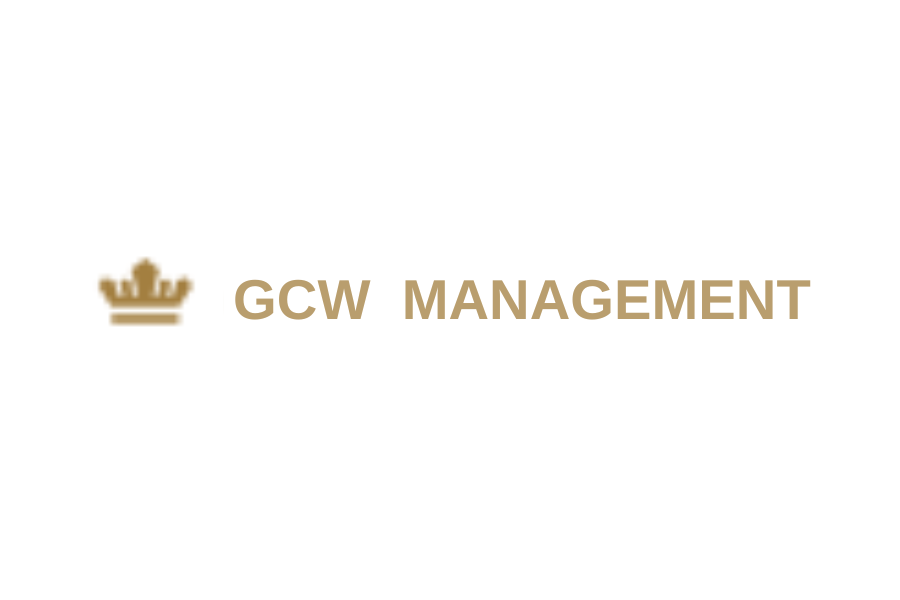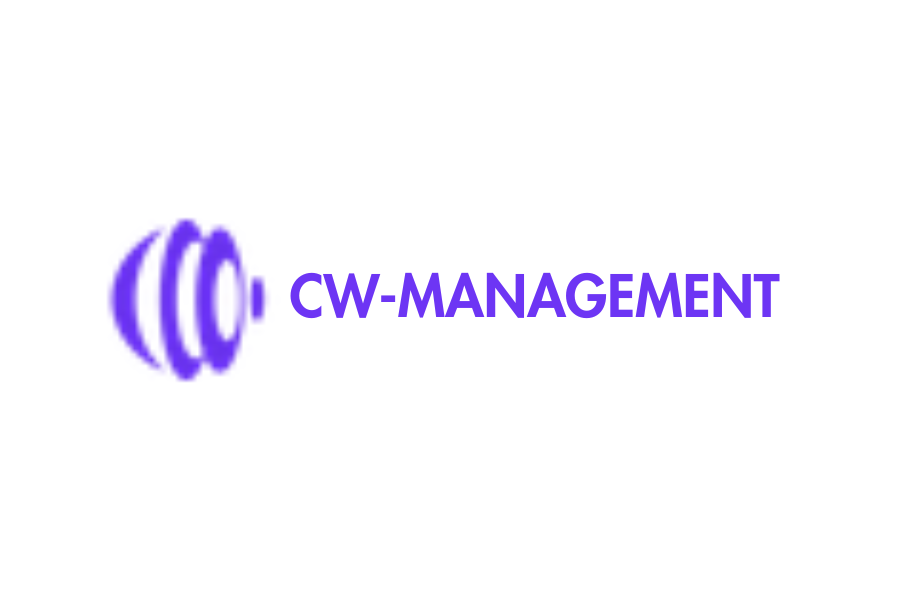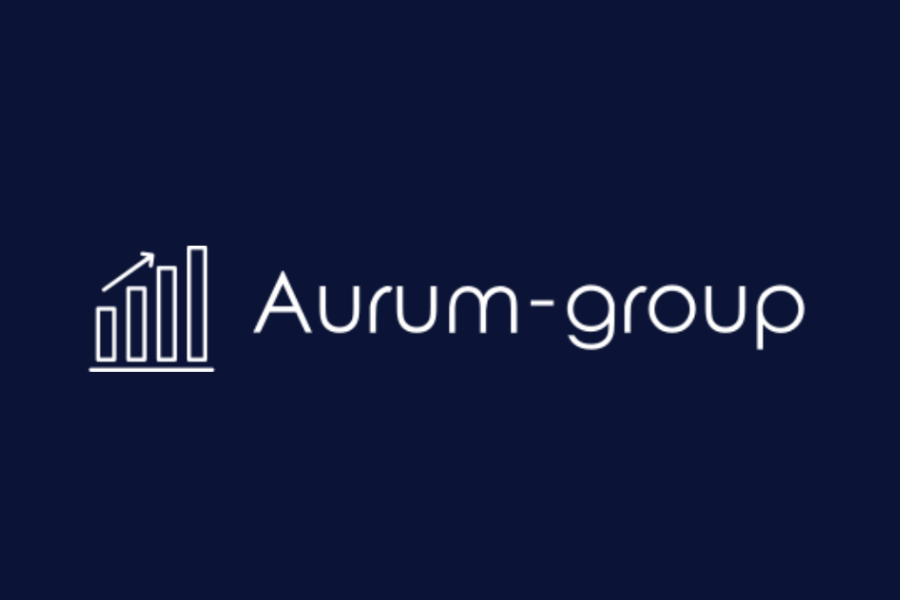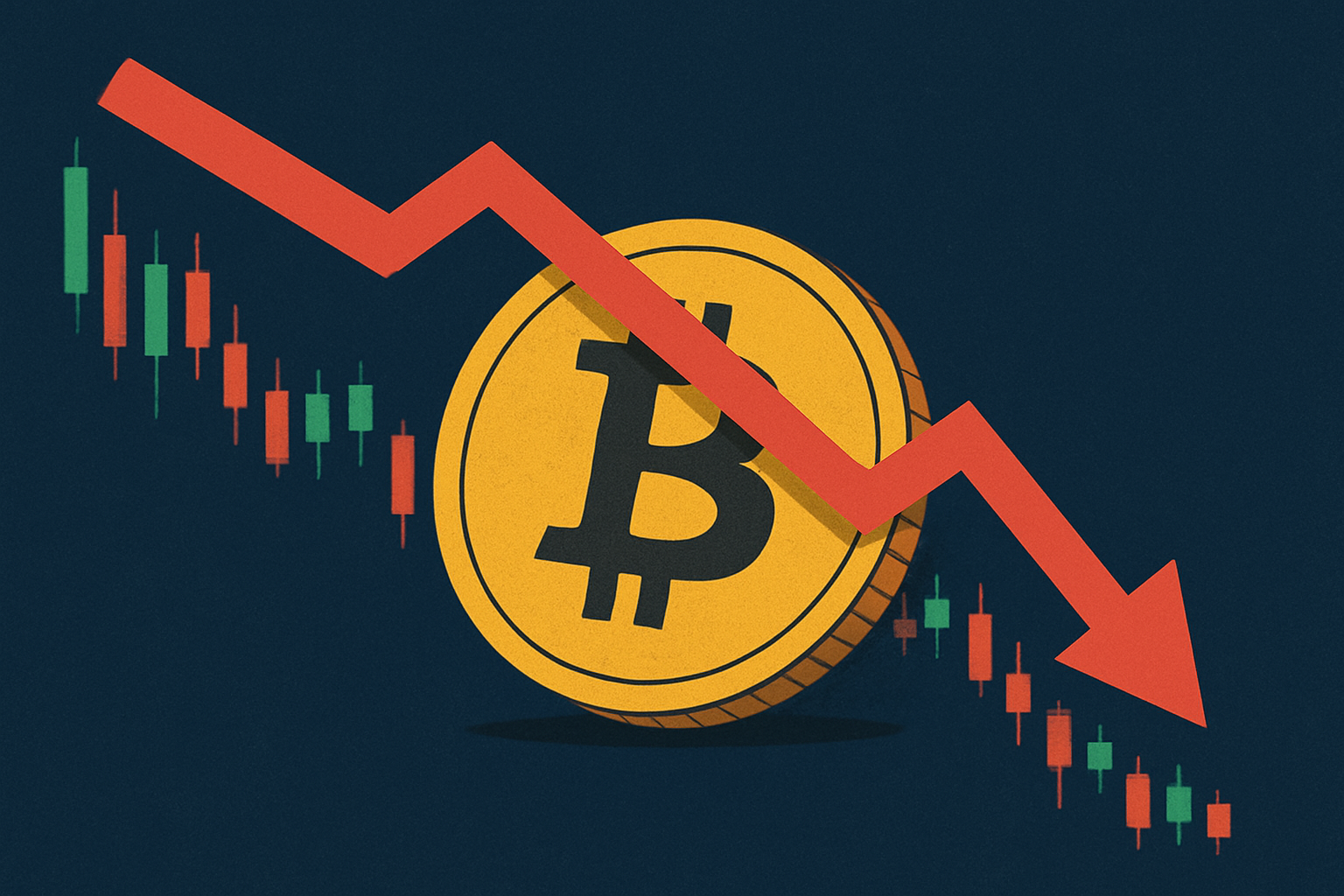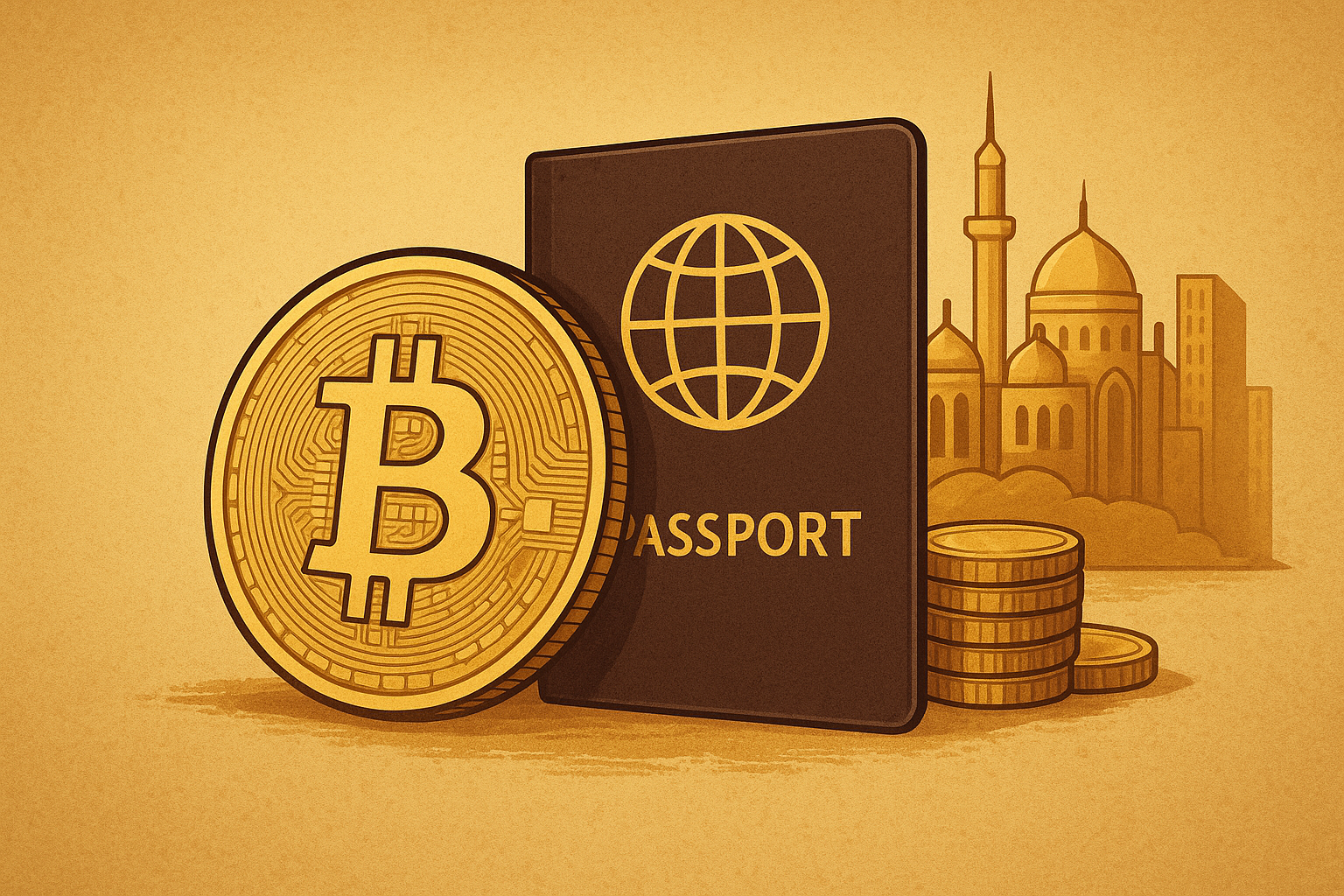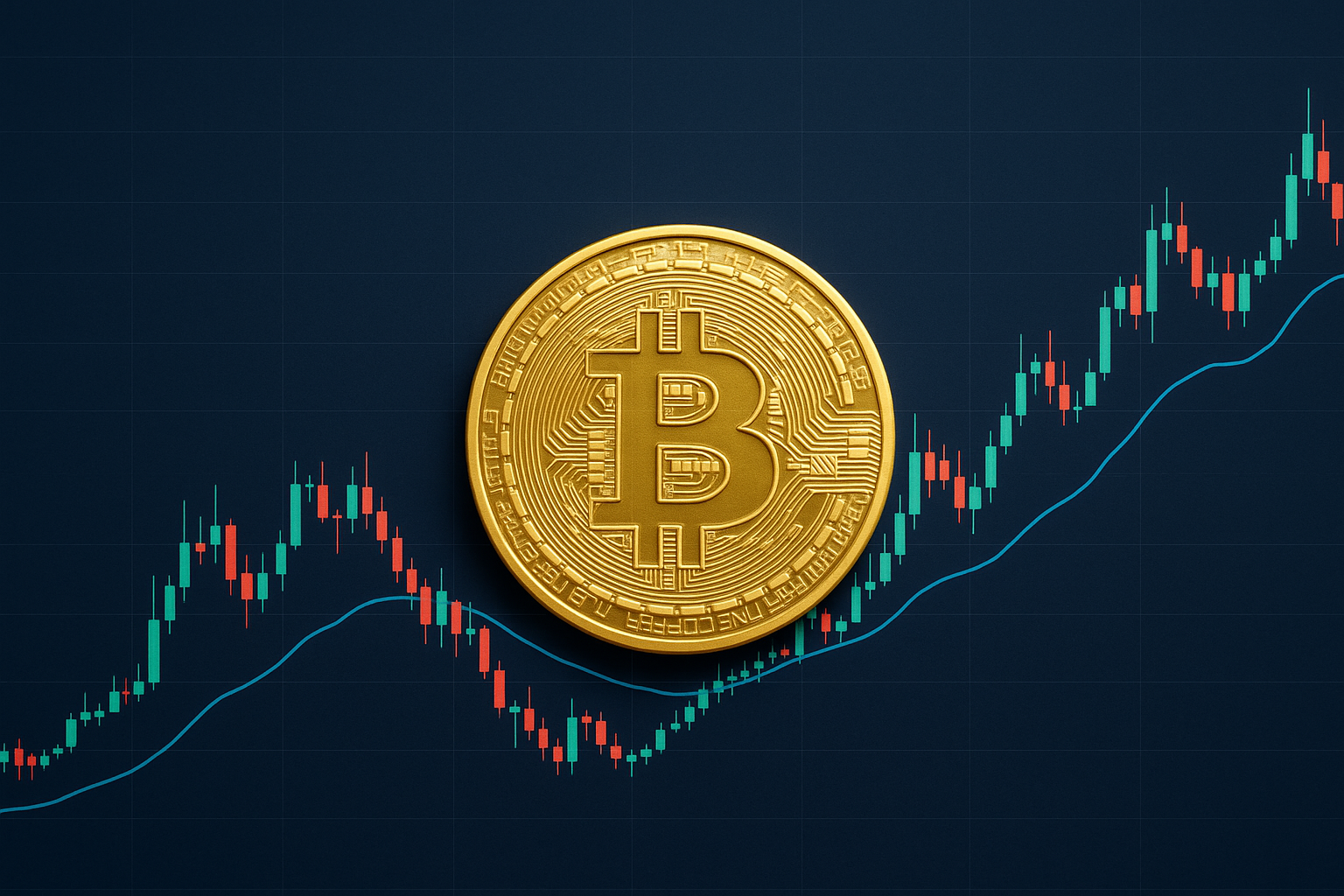Introduction
Telegram’s entry into the U.S. crypto market through the official launch of its TON Wallet marks a pivotal moment in the digital currency landscape. The announcement, made on July 24, 2025, by the OKX learning platform, reflects Telegram’s ambitious vision to bring seamless crypto accessibility to its vast user base. More than just a wallet, the TON integration signifies a fusion of communication, blockchain utility, and payment innovation—positioning Telegram as one of the most important players in driving global crypto adoption.
This article explores the launch of the TON Wallet in the U.S. from all angles—its background, how it works, what it means for users and regulators, and why it could be one of the biggest catalysts for the next wave of mainstream crypto use.
The Evolution Of TON: From Abandonment To Reinvention
Originally envisioned as a blockchain platform for high-speed transactions and decentralized applications, The Open Network (TON) was launched by Telegram in 2018. However, legal hurdles from the U.S. Securities and Exchange Commission (SEC) forced Telegram to halt its original TON project in 2020. At that time, the SEC argued that the initial coin offering (ICO) of Telegram’s Gram token violated U.S. securities laws.
Following that legal battle, Telegram formally distanced itself from the project. But the community wasn’t ready to let it go. Independent developers picked up the code and revived the network as The Open Network, or TON, transforming it into an open-source, community-led ecosystem. Today, TON has evolved into a robust Layer 1 blockchain supporting ultra-fast transactions, smart contracts, NFT minting, decentralized finance (DeFi), and now, a full-scale digital wallet integrated directly into Telegram’s platform.
What Is The TON Wallet? A Look At The Features
The TON Wallet is not just a place to store tokens. It’s a deeply integrated crypto layer within Telegram that allows users to:
- Send and receive digital assets like Toncoin instantly from within chats.
- Purchase, store, and trade cryptocurrencies via peer-to-peer (P2P) interfaces.
- Access DeFi applications running on the TON blockchain.
- Pay for digital services or subscriptions using crypto.
- Explore dApps (decentralized apps) via a built-in Web3 portal.
This integration within one of the world’s most widely used messaging platforms—with over 900 million active users—is a major leap forward in crypto usability. It eliminates the friction of switching between exchanges, wallets, or dApp browsers and brings blockchain-based payments into users’ daily communication tools.
Why The U.S. Launch Matters?
Until now, the TON Wallet had been restricted in certain jurisdictions, particularly the United States, due to previous legal entanglements. The July 2025 launch indicates that Telegram has navigated, or is prepared to address, these regulatory challenges.
The U.S. remains one of the most influential markets for technology and finance. Introducing a fully functional crypto wallet within a social messaging platform available to millions of Americans is a powerful signal to regulators, financial institutions, and competitors alike. It opens the door to mass-market exposure and real-world testing of crypto functionalities across a wide demographic.
This move also sets a precedent for future tech firms that want to enter the blockchain space without compromising user experience or legal compliance.
Crypto Adoption Through Familiar Interfaces
One of the greatest challenges facing the crypto industry has been the learning curve and complexity of using digital wallets and understanding blockchain functionality. Telegram’s approach sidesteps this issue by embedding the experience within a platform users already know.
Unlike traditional wallet apps, which require installing extensions, managing long seed phrases, or converting fiat via centralized exchanges, TON Wallet makes crypto feel like sending a message or sharing a file. The design is frictionless and intuitive.
TON And Telegram: The Rise Of A Web3 Super App
With this move, Telegram is inching closer to becoming a Web3 super app, akin to what WeChat achieved in China. While WeChat combined messaging, payments, e-commerce, and social networking in a single platform, Telegram is positioning itself to do the same—but in a decentralized, blockchain-native way.
By integrating DeFi services, token swaps, NFT marketplaces, and even staking opportunities, Telegram could become the first mainstream app to offer full-spectrum Web3 functionality to hundreds of millions.
This shift reflects a broader trend: messaging apps are evolving into financial tools. WhatsApp and Signal have tested payments. X (formerly Twitter) is working on crypto integrations. But Telegram is now ahead of the curve with its TON ecosystem.
U.S. Crypto Regulation: Navigating The Grey Zones
Telegram’s return to the U.S. crypto scene is not without risk. Regulatory clarity in the country is still developing, with ongoing debates in Congress over the classification of cryptocurrencies, stablecoins, and wallet infrastructure.
However, Telegram’s strategy seems to lean on the open-source, community-governed structure of TON, which distances the company from directly controlling the network. This provides a level of plausible separation that may insulate it from the kind of SEC enforcement actions it faced in 2020.
Still, industry experts warn that Telegram will need to remain proactive in compliance—especially as the TON Wallet may facilitate payments, transfers, and crypto purchases by retail users. Integration with Know Your Customer (KYC) procedures, transaction monitoring, and adherence to upcoming regulations like the Crypto Framework Bill will be crucial.
How The Market Is Reacting?
The response to the U.S. launch of the TON Wallet has been overwhelmingly positive across crypto forums, social media, and the broader fintech community. Toncoin (TON) experienced a notable price surge in the 24 hours following the announcement, with trading volumes spiking on both centralized and decentralized exchanges.
Crypto enthusiasts hail the launch as a major step toward real-world adoption, comparing it to Apple Pay’s entry into mobile payments. Telegram, they argue, has the brand power, user base, and technological infrastructure to shift the public perception of crypto from niche to normal.
Moreover, developers building on TON have welcomed the announcement, predicting a wave of new users and increased liquidity across dApps in the ecosystem.
TON Ecosystem Growth And What Lies Ahead?
The TON Wallet launch is just one of many developments in a rapidly expanding ecosystem. In recent months, the TON Foundation has rolled out:
- TON DNS for human-readable wallet addresses.
- TON Storage for decentralized file storage.
- TON Payments with smart contract automation.
- TON DEX for decentralized token trading.
Each of these components strengthens the overall utility of the TON blockchain, making it a legitimate contender alongside Ethereum, Solana, and Polygon in the Layer 1 race.
With Telegram’s backing, TON may continue to attract developers, investors, and everyday users looking for a fast, affordable, and mobile-first blockchain experience.
Conclusion
The launch of Telegram’s TON Wallet in the U.S. is not just a product release—it’s a milestone for the entire crypto industry. By embedding blockchain utility into a globally loved messaging platform, Telegram is tearing down the barriers to entry that have held back crypto for years.
TON Wallet redefines what it means to “use crypto.” It makes digital assets feel less like a financial experiment and more like a natural extension of digital communication. For the first time, Americans can send tokens as easily as sending texts. And with that, the path toward mass adoption gets clearer.
This is just the beginning. As more features roll out and user feedback shapes development, TON could become the heartbeat of the Web3 experience for millions. Telegram’s move isn’t just bold—it’s visionary.



